English | Dutch |
|
| Belize: A Caribbean enclave in Central America | |
Quetzaltenango (Guatemala), June 9th 2017
|
|
| |
|
By crossing the border between Guatemala and Belize, it looks like we are going back in time. A few years back, we visited several Caribbean islands, but now we are still on the mainland of Central America. We doubted whether we should visit Belize during this trip. Belize is a country that is mainly visited by two types of tourists: the beach lovers and the people who pay a lot of money to stay in a luxury jungle resort where they can expand their bird list with the help of a guide. We do not fit in either category, but as we were so close to Belize we were tempted to visit it. The question is: was this the right decision? Belize is the youngest nation in this region; it was only in 1981 that former British Honduras gained independence. Perhaps it is partly due to the language that Belizeans are much more prone to making a chat with foreign travellers, than in Spanish speaking Central America. That's the beauty of having English as your native language: you can assume that everybody will understand you, and that's usually also true. In the end, we find the contact that we had with the people who we met during these few weeks, the highlight of Belize. Belize has a very diverse society, so in one day you buy your bus tickets from a Garifuna (a black Carib), you talk about football with a Creole and thereafter you are extremely surprised when you are approached by a Mennonite who speaks Plat-German. |
|
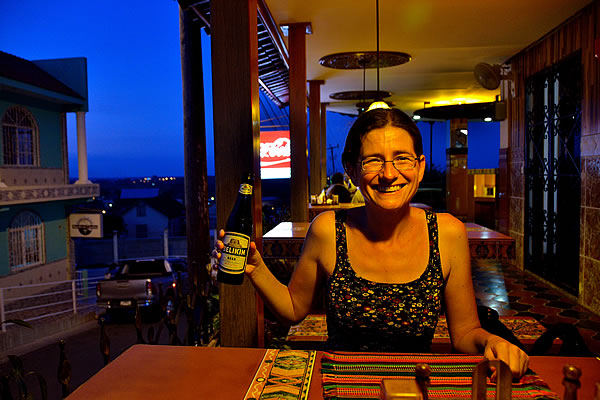 |
|
Enjoying a Belikin, the Belizean beer |
|
Although the Mennonites make up only about three percent of the population, it is a striking population. They belongs to the Dutch / German diaspora who currently live in secluded communities. The Mennonite who talks to us while sitting in the bus, tells us that he is going to visit his family with his wife. He is dressed in a spacious pants with suspensors and his wife wears a long dress with a headscarf. They look a bit like the Amish we sometimes see in the movies. "We live here in Belize and have a Belizean passport, but we still live basically as our ancestors did," the man says. "At our schools we only teach German and Plat-German; the English that I speak, I taught myself to be able to trade with the outside world. The reason we often live in remote places is because we want to protect our old culture." After the couple has left, a Creole is coming to sit with us to tell us about the Mennonites. "They are nice people, but they are breaking the forest." He tells us that the Mennonites make many hardwood prefab houses, which they sell to rich Americans who want a holiday home in Belize. "And if they have taken the precious trees out of the woods, they'll burn the rest of the forest". As mentioned, Belize has a diverse society, with many different ethnic backgrounds. In general, the society seems quiet harmonious, but you hear people from one background often talking about the other. A man of Indian descent warns us when we go to Belize City: "There you really have to be careful: that is the city where “the blacks” live. They do not want to work for their money, they take it from somebody else!" The Creoles, however, have a lot to say about the people with a Chinese / Taiwanese background who came to live here because of a program where they received a Belizean passport after an investment of between 25,000 and 50,000 dollars. "Those Chinese just want to earn money from us. They want to employ as few Belizeans as possible to work in their businesses and do not even learn the language of the country they live in." | |
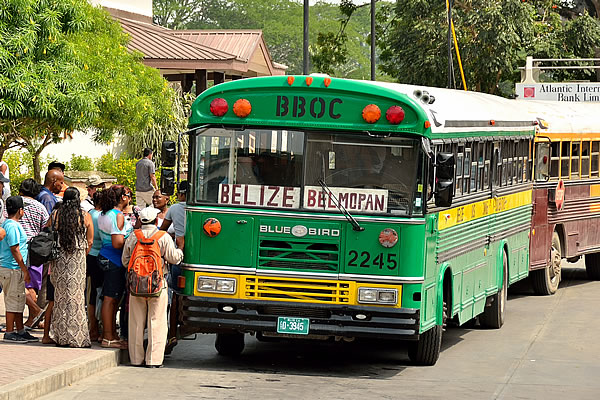 |
|
The bus with which we arrived in San Ignacio |
|
In addition to enjoying the contact with the locals, we also enjoyed immersing ourselves in the Caribbean spheres again for a while. It is not bad, having the sound of the steel drums and reggae-like music in the background, while drinking a nice drink with a lot of rum. In addition, the food here gives a nice break from than in the rest of Central America. A few weeks with a little bit less tortillas and more coconut rice-and-beans with a nice meat stew. Despite the fact that we got a nice impression of this little tropical country, we cannot say that this is the perfect travel destination for the two of us. It is not strange that Belize is typical beach destination, as there is not a lot to do for individual travellers that don’t want to book a lot of tours. Many of the sights in the country - like Mayan cities or nice jungle areas - are difficult (or not at all) accessible by public transport, making a visit an expensive one. These types of sights are also found in Mexico or Guatemala and they are said to be at least as beautiful. That's why we have focused on the "ordinary towns" of Belize and the people who live in them. And in our search for the "ordinary" Belize, we encountered one of the strangest capitals we have ever seen: Belmopan. Belmopan is a town with almost 20,000 inhabitants and has been the capital of Belize since the 1970s. Like most purpose-built capitals, Belmopan has little atmosphere. Moreover, it has also the bad luck that it was designed in the short time that the Brutalist architecture was popular. The word Brutalism is derived from the French word for "rough concrete", and since visiting Belmopan we understand why. While strolling through the streets of Belmopan, we have often imagined how a guy named John returned home enthusiastically after his job interview at the Ministry of Foreign Affairs, saying: "Mom, I'm getting a job at the Embassy in Belize! I'm looking forward to expat life and living in the lush tropics." What kind of shock must it have been for John when he saw Belmopan in the first place for the first time? But, unlike John, we do not have to stay for years in Belize, and this short visit has been perfect for us; not too long, but enough time to get an impression of the Belizean way of life. However, after this quick taste of the Caribbean atmosphere, we look forward to return to the "real" Central America soon! |
|
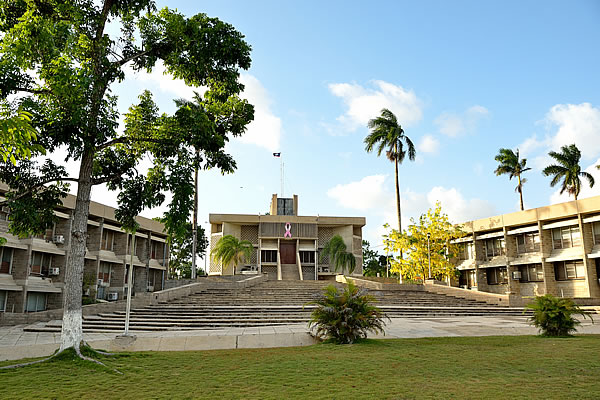 |
|
The political heart of Belize, the Parliament building in Belmopan |
|
 |
|
Chirmole: a traditional Belizean soup |
|
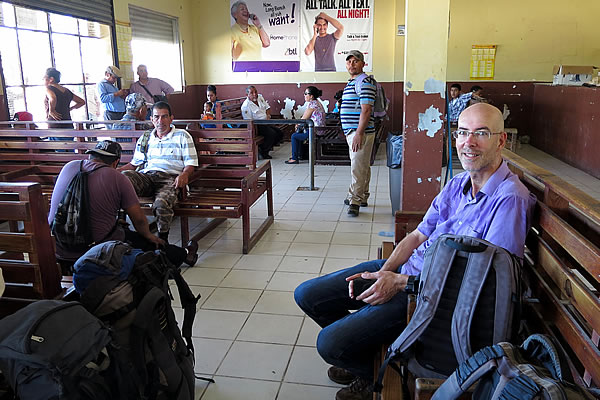 |
|
Waiting in Belmopan for the bus to Belize City |
|
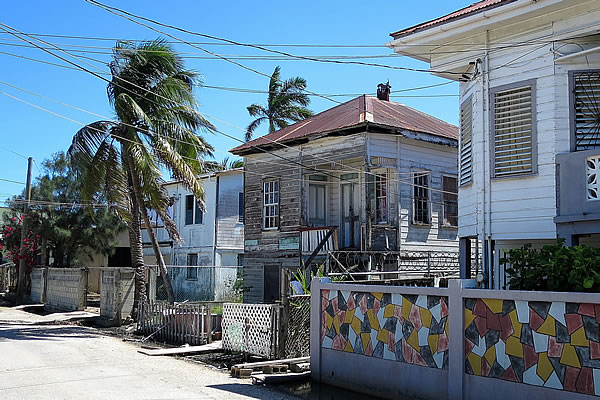 |
|
Caribbean architecture in Belize City |
|
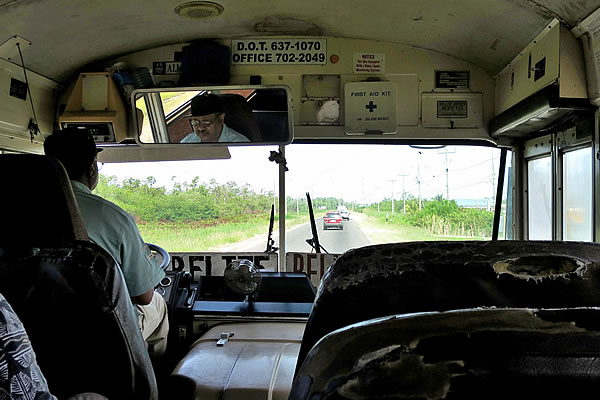 |
|
On the way to Punta Gorda |
|